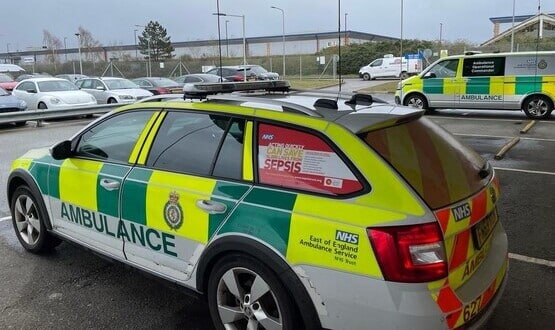Great Ormond Street bites into Apple
- 12 June 2012

Great Ormond Street Hospital for Children NHS Foundation Trust has deployed iPads and iMacs in its cardiology department to give staff instant access to 3D images of patients’ hearts.
The i-devices can be used while staff are preparing children for surgery, or in theatre. The move is also part of a larger project to create a secure, resilient Apple architecture for the trust that has led to 350 Apple devices being used by staff in different departments.
IT director Mark Large said: “Our clinicians told us that they want to use Apple technology, so it is something we are embracing.”
Great Ormond Street recently updated its cardiology MRI PACS system, with support from Spanish company Kanteron Systems, which supports the Osirix software that generates the 3D images.
Some 10.5 million images were migrated to two new Apple services over the same weekend. As a result, staff can use i-devices to view the images, while surgeons can call them up from central storage to an iMac workstation in theatre.
Large said: “The technology is quite incredible. Our clinicians can see exactly what the heart is like, from any angle, before they start and the images they need are available to them instantly at any time. This is a classic example of how IT should be used to help front-line clinical activity.”
The trust is working with Future Labs Group on its Apple architecture. Large said it had decided that mobility was vital to persuade staff to move from paper to electronic working, because without it they would simply print information to avoid queuing for limited PC resources.
Another area in which the trust has given iPads to staff is intensive care, where they are being used for data input, consultations and training.
Because of the infection control requirements of intensive care, these iPads come in ruggedised, fluid-proof cases called FlipPads developed by Future Labs Group.
The trust has also given i-devices to the children’s acute transport service, which goes out to critically ill children in the community, stabilises them and transports them to hospital. More i-devices will be introduced in other areas.




